The ruins of two ancient temple complexes lie along the east bank of the Nile River in the modern city of Luxor. Each of the temples provides a glimpse of the glory of the ancient imperial capital city of Thebes, the ruins of which lie within Luxor, some 800 kilometers (about 500 miles) south of the Mediterranean Sea. In antiquity, the Nile River ran through Thebes, dividing it into the “City of the Living” and the “City of the Dead.” These two temples were very much a part of the living city.
We visited Karnak Temple first, on a very hot afternoon. Karnak is believed to be the largest religious building ever constructed. Covering a site measuring nearly a mile by two miles in area, it was dedicated to three Egyptian deities: Amun-Ra, king of all the Egyptian gods; Mut, mother goddess of ancient Egypt; and Khonsu, God of the moon. Construction took about 1,300 years, beginning in the 16th century BC and concluding in the Greco-Roman period. Today the temple showcases some of the finest examples of ancient Egyptian art and architecture.
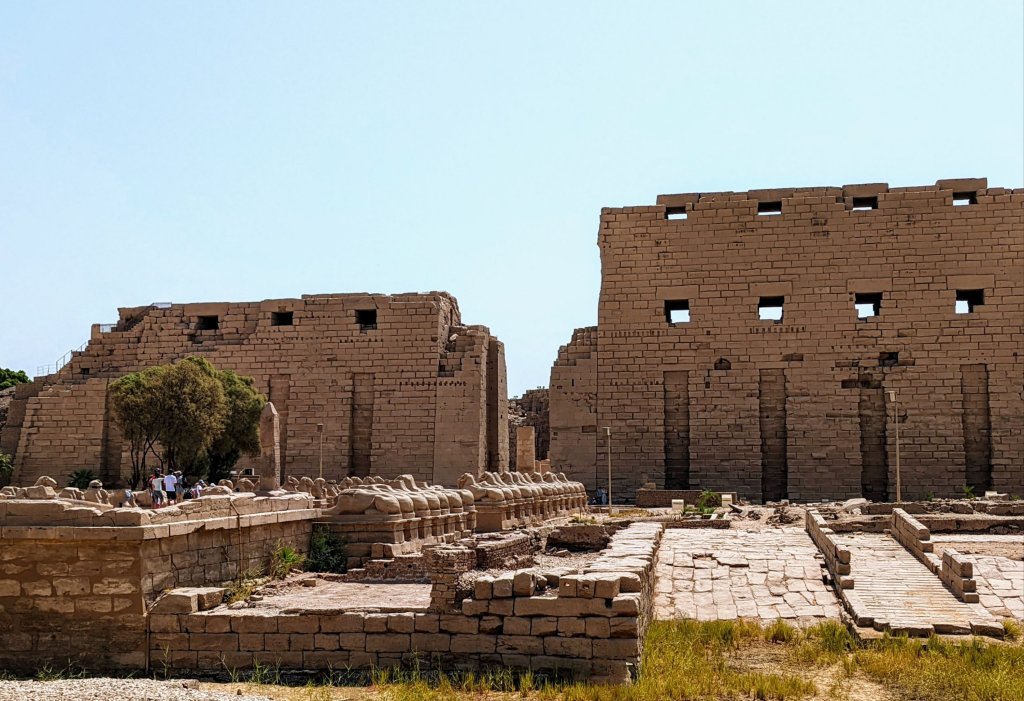


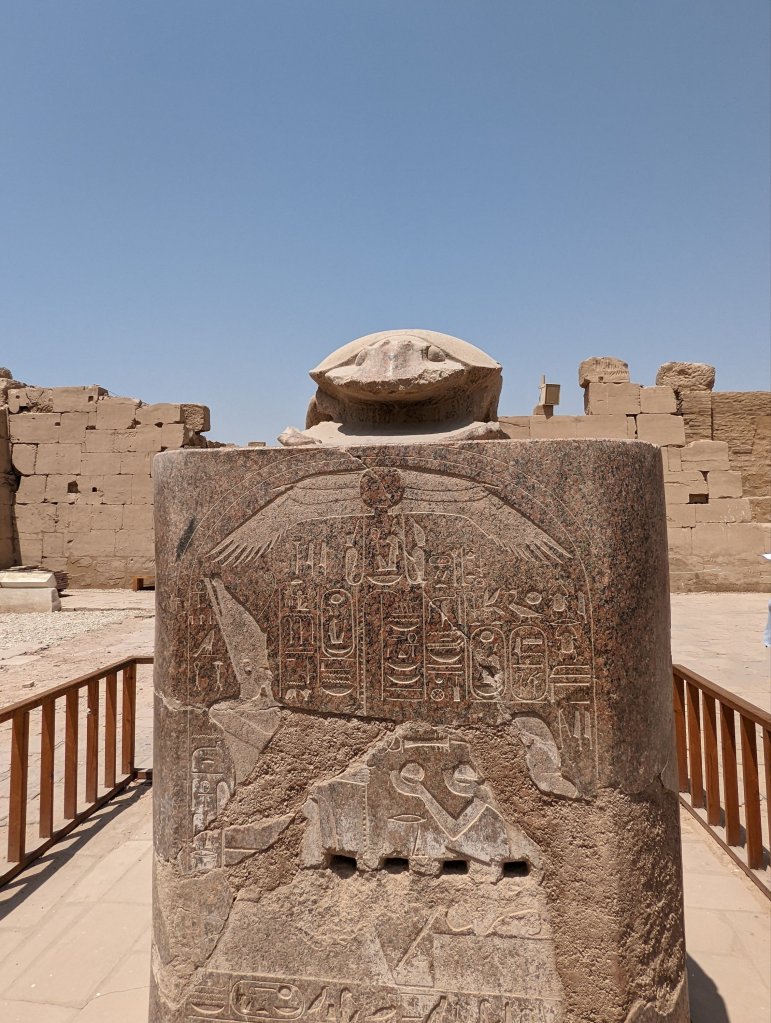

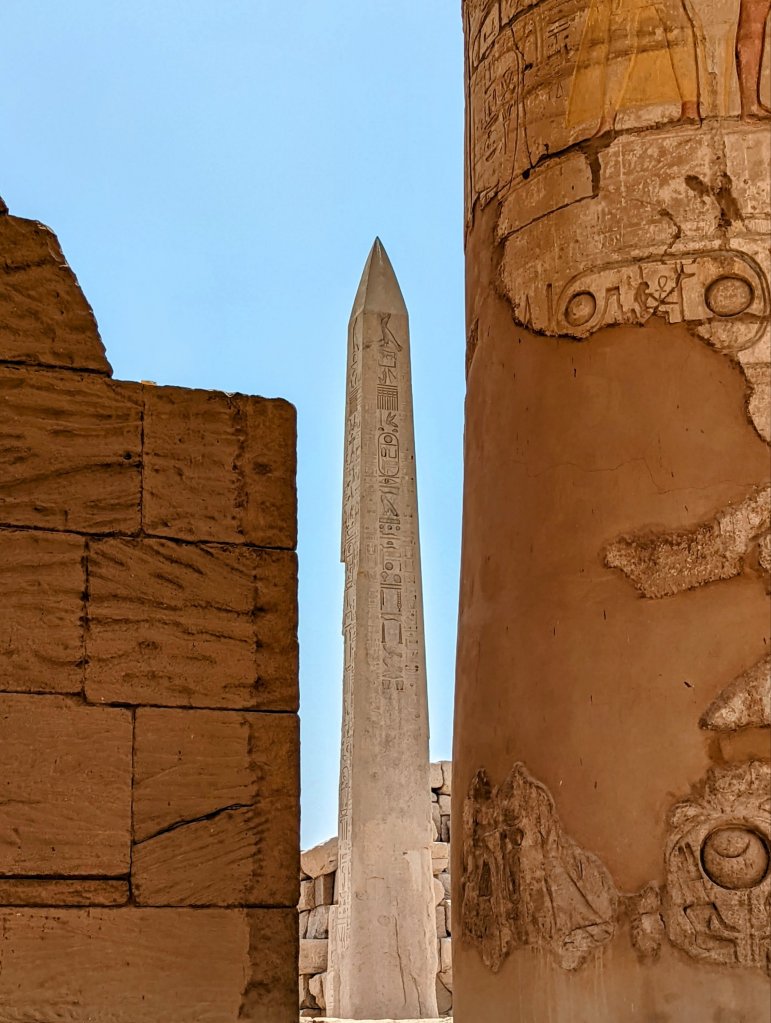
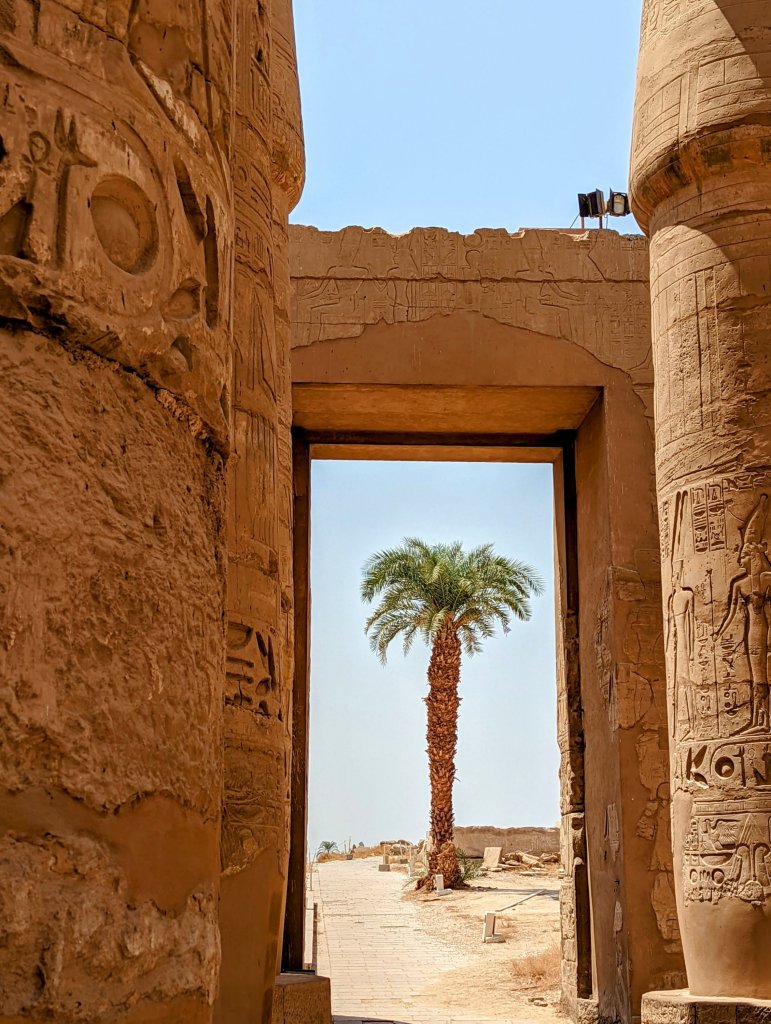

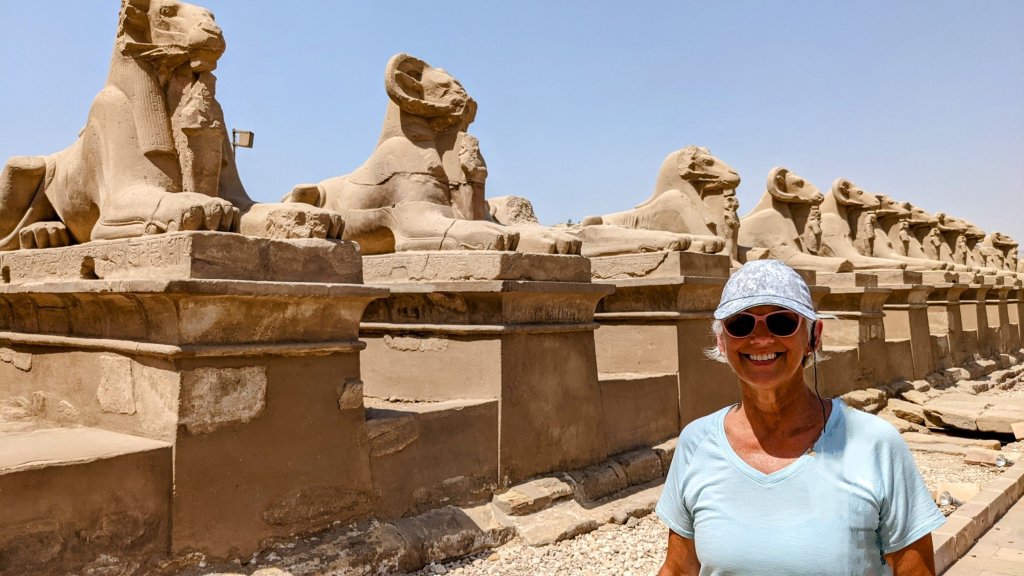
Later in the day when the temperature was a bit more conducive to sightseeing, we visited the Temple of Luxor. Although smaller in size than Karnak, Luxor is no less striking. In the evening, the sphinxes lining the Avenue are illuminated along with much of the temple itself.

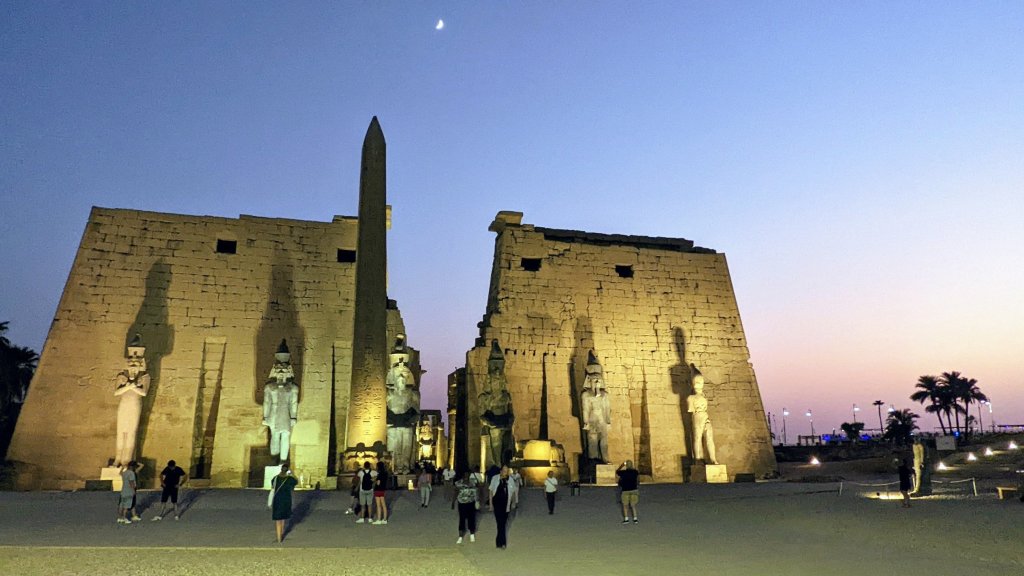




These two temples are magnificent reflections of the ancient city of Thebes, the capital of Egypt’s New Kingdom. Today Luxor, called the “Hundred-Gated City” by Greek historian Homer, is a UNESCO World Heritage Site with luxury hotels and some of the world’s most significant ancient ruins, making it a living, breathing outdoor museum.
The next morning before dawn, we boarded a small boat and headed over to the west bank for a look at Luxor from the air. The hot air balloon ride gave us a stunning perspective on the magnificent Nile River as it flows through this picturesque part of the world. Floating some 1200 feet above ground as the sun came up, we were reminded once again how lucky we are to be having these amazing experiences.
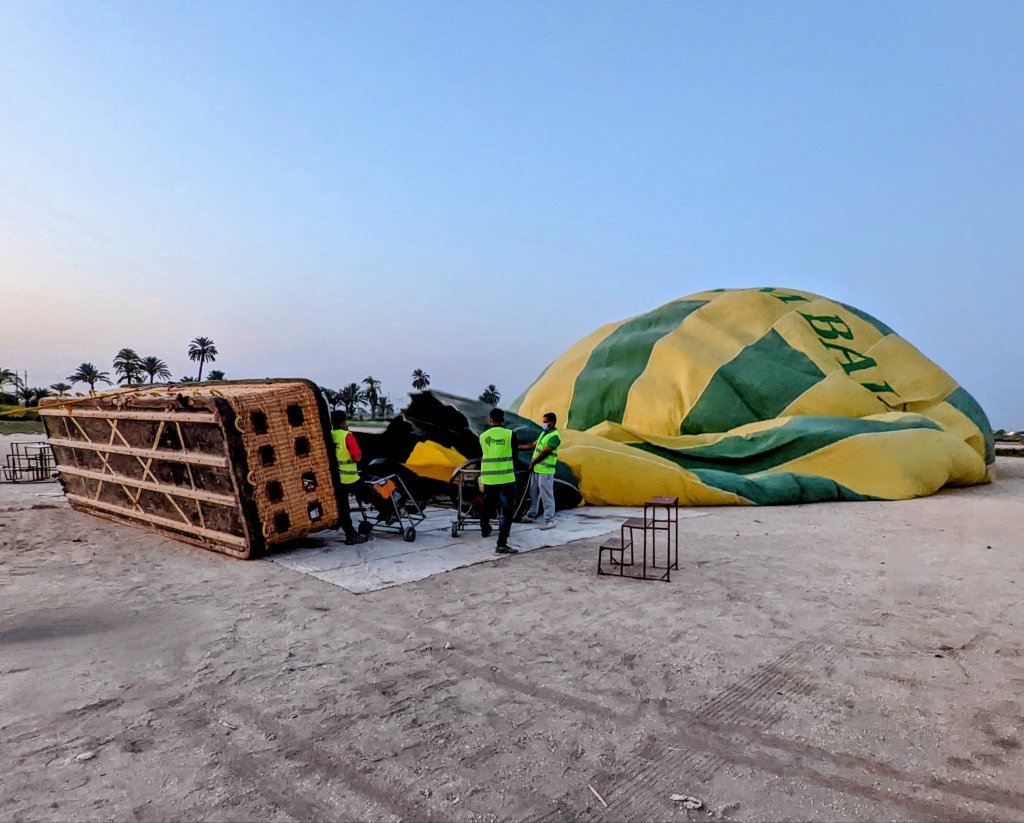

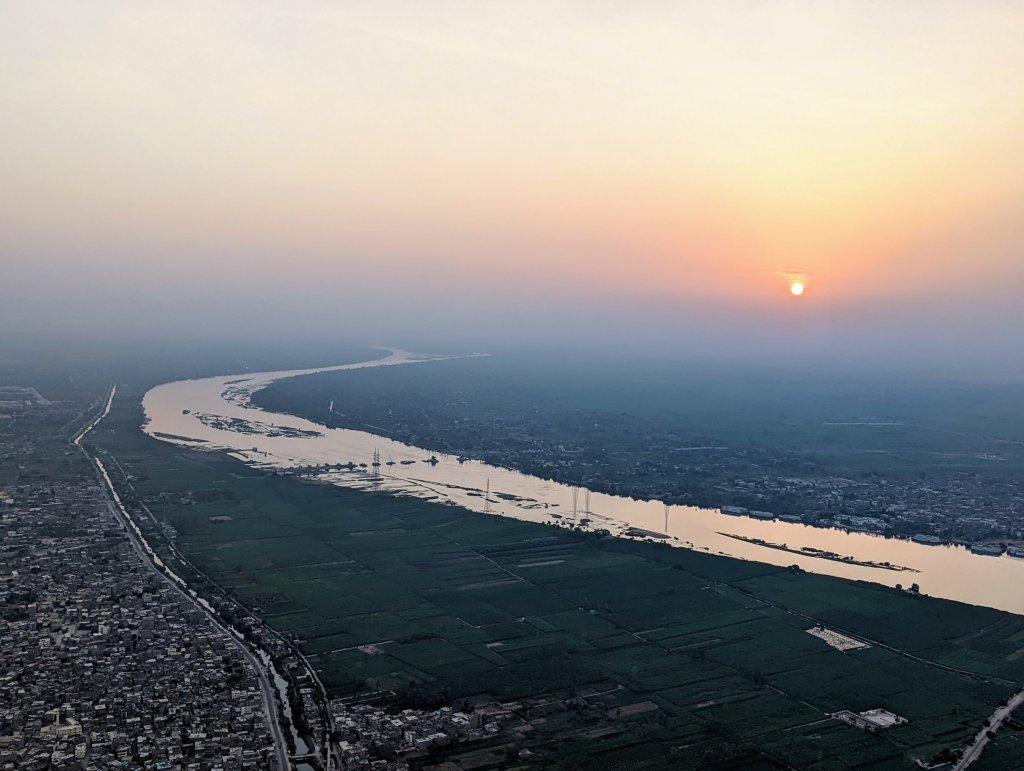

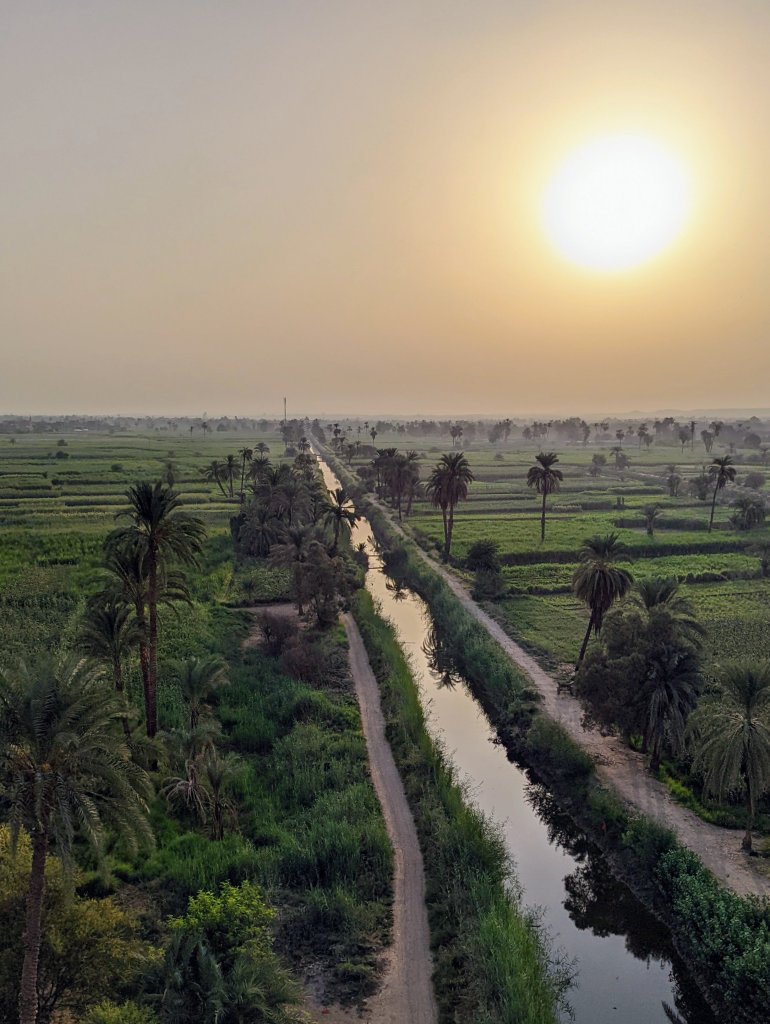
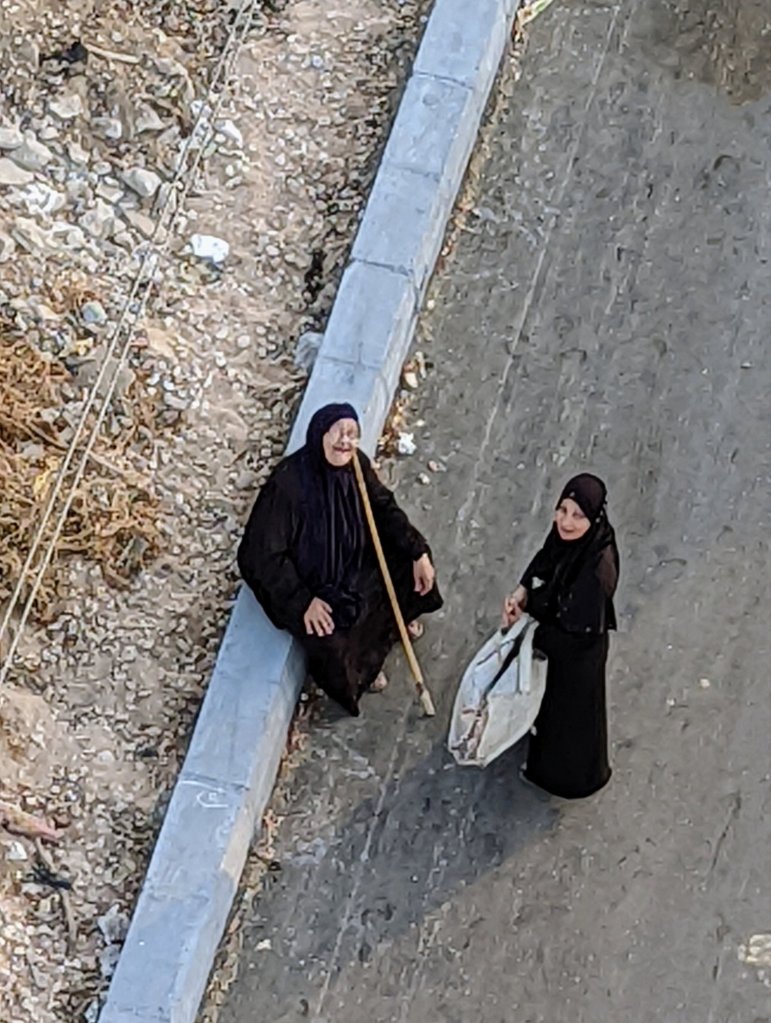


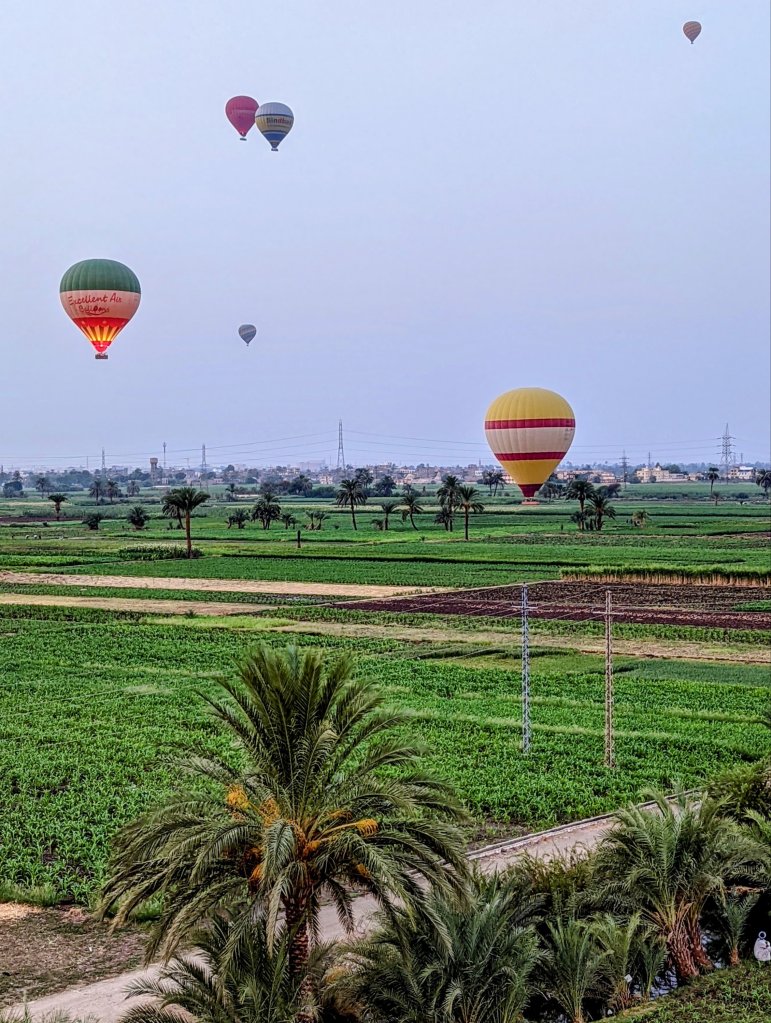
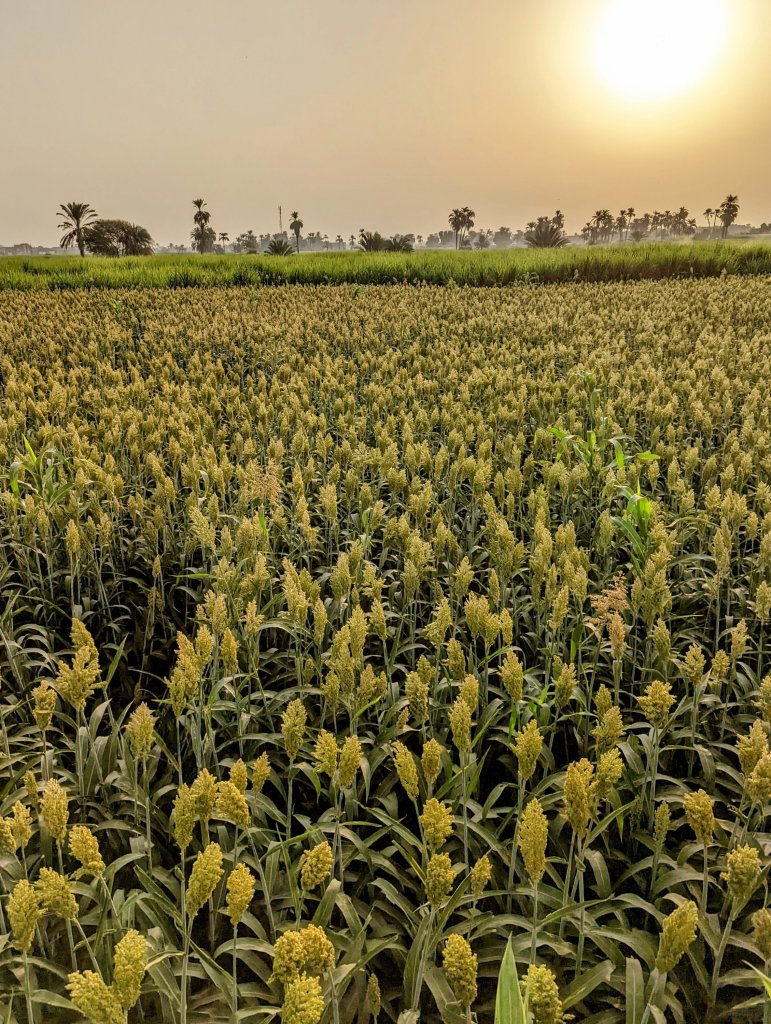

I think this is one of my favorite blog posts. When you think about how all this was built along with the pyramids in that part of the word…it’s just unbelievable. What a life experience for the two of you!
LikeLiked by 1 person
Such amazing sights to see.
LikeLiked by 1 person
Now, a hot air balloon is definitely the most distinctive way of seeing the Upper Egypt landscape. Leave it to the Z-man and the Z-woman!
LikeLiked by 1 person
It was pretty thrilling!
LikeLike
Once again, your fantastic photos and blog bring back memories! We took a Faluca
cruise on the Nile, not as exciting as your hot air balloon experience. We have enjoyed
your exciting journey fully!💕
LikeLiked by 1 person
We’re supposed to be taking a faluca ride tomorrow! Danced with the Nubians tonight!
LikeLike